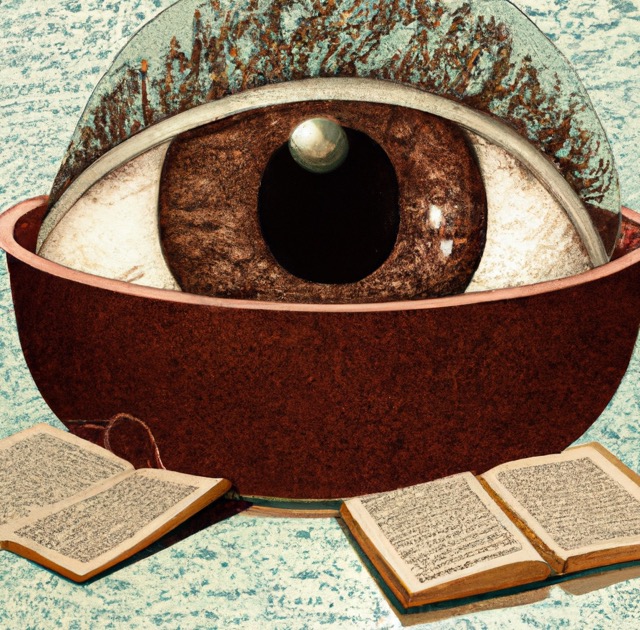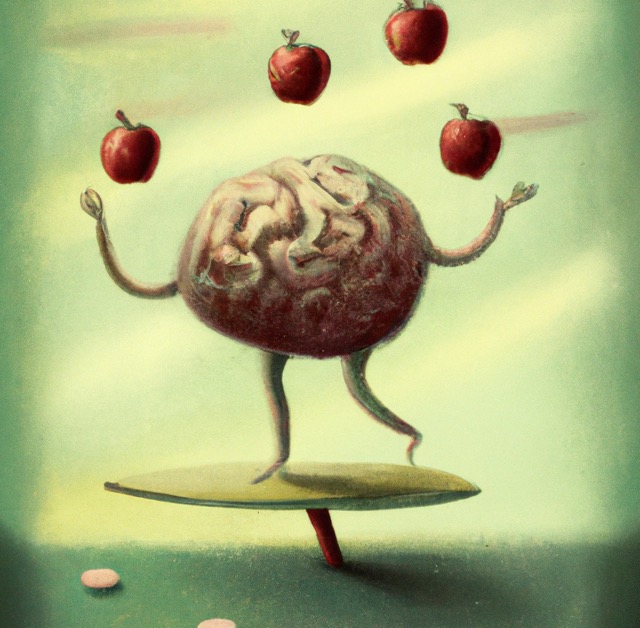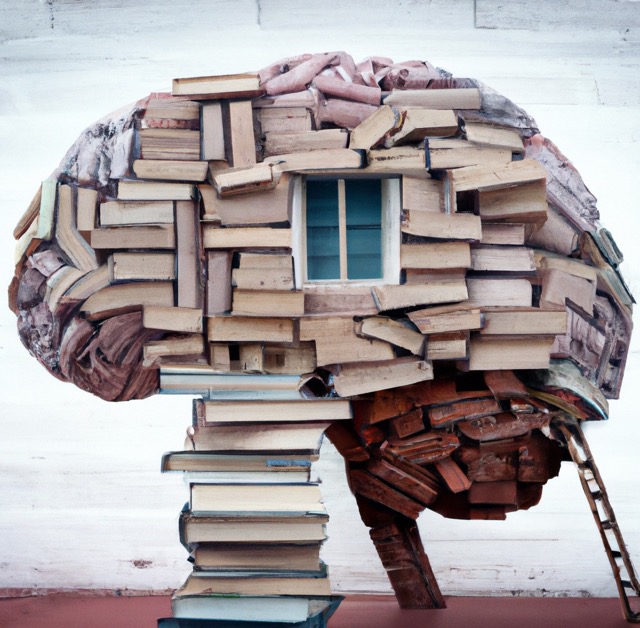Can you actually improve your reading speed?


Table of Contents
Ever dreamt of breezing through your reading list in record time? In 1990, a man named Howard Stephen Berg, nicknamed Speedy Berg, earned a spot in the Guinness World Records by reading a whopping 25,000 words per minute! To put that into perspective, that's like reading "Harry Potter and the Sorcerer's Stone" in just three minutes! Seems almost unbelievable, doesn't it?
To give you a sense of scale, an average person usually reads between 200 to 300 words per minute. If you're an enthusiastic reader, you might reach up to 500 words per minute. Although reaching Speedy Berg's super-fast speeds might not be possible, it doesn't mean we can't aim to improve. Boosting your reading speed from, let's say, 200 to 400 or even 600 words per minute, is definitely a more achievable goal.
So, the question is, can we actually improve our reading speed? And if we can, how do we go about doing it? Let's dive in and discover the answers.
Track your reading speed and comprehension improvement over time Take unlimited free reading tests from the largest database of reading tests in the world.
Why Reading Speed Matters
Why should you care about improving your reading speed? Well, if you're here, you probably already understand the incredible power of reading. Reading is arguably the best way to learn knowledge from the greatest thinkers across space and time. You understand that doubling your reading speed, while maintaining comprehension, can mean halving your reading time, or doubling your productivity. This could mean studying and passing tests with half the effort. Or doubling your output as a professional or life-long learner.
Understand Reading to Improve It
In order to improve something, you need to understand it. So let’s start with a quick run-through of the process of reading.
What we call “reading” is a process that mostly happens in the brain. The reading process essentially takes visual information from the eyes, characters and words on a surface, and generates a kind of “understanding” from that information. And if the conditions are right, this understanding becomes knowledge that your brain stores in memory and can refer back to later.
The human brain is a machine built to learn new things. In fact, studies have shown that our brains can continue learning new skills many years into the latter part of our lives. And because reading mostly happens in the brain, our brains can get better at it. Contrast a skill like reading to a physical attribute like height, which is very hard to change even if you wanted to.
Even though reading happens in the brain, it can still be broken down into a process. The reading process can be thought of having three phases: word recognition, comprehension, and storage. Each of these three phases in the reading process can be improved, which results in faster, more productive reading. Let’s explain each of these phases so that we can understand how to improve them.
Phase 1: Word Recognition
The first phase in the reading process is word recognition. Word recognition is being able to understand the meaning of a word after seeing it. For example, when you see the word “infinite”, you probably, almost instantly, recognize that it means something that is boundless or endless. If you see the word “水”, you probably won’t be able to come up with its meaning (unless you can read Chinese!).

Visual Identification: See Words in a New Light
Word recognition begins with visually identifying words. No one teaches you “how to look at words,” but it’s a skill that can be improved.
Quick tip: when you read, move your finger forwards underneath the words to guide your eyes. Using your finger as a “pacer” like this helps keep your eyes moving forward efficiently while still allowing for word recognition.
Language Fluency: Tune into Language Rhythms
After you see the word, your brain tries to figure out what the symbols mean. Here, language fluency and vocabulary is critical. For example, if you haven’t read enough Chinese, your brain literally won’t have the neural connections to be able to recognize what “水” means!
Another important point is that as you develop fluency in a language, the brain learns to associate three aspects of a word together: how the word looks, how it sounds, and what it means. This is known as the dual-route hypothesis of reading. The stronger the association between a word’s appearance, sound, and meaning, the faster the word recognition.
Phase 2: Comprehension
The next phase in the reading process is about comprehending what you read. Your brain essentially pieces together the words you’re reading into sentences and higher-level concepts so that you develop an understanding of what you’re reading.
Working Memory: The Brain's Scratchpad
There’s one important thing to know about the comprehension phase: the brain can only hold and manipulate a very limited amount of information at any one time, in what is known as its “working memory”.
You can see the limits of working memory at play when you try to memorize a phone number: you’ll find that you can only try to memorize about three or four digits at any one time.

Cognitive Load: Keep Your Mental Workload in Check
If your brain’s working memory tries to hold onto more information than it can handle, it forgets or “throws out” information that it no longer thinks is relevant. And any kind of information coming through your senses can place a burden on your working memory, in what’s known as “cognitive load”. So for example, that’s why reading something complicated or reading in a noisy environment makes it more difficult digest what you’re reading. The culprit is increased cognitive load in those situations, which decreases your mental capacity for reading comprehension.
Exercise: Try reading one of these passages in a quiet environment, then in a noisy one, and then measure your comprehension. Notice the difference? This shows the effect of cognitive load on reading comprehension. To improve comprehension, try to reduce distractions and unnecessary mental load while reading.
Phase 3: Knowledge and Storage
The last phase of the reading process is what we call storage. In this phase, your brain goes from comprehending what it reads to building knowledge from it and storing that knowledge as a memory that can be recalled later.
Build Your Knowledge House with Scaffolds
So how does the brain transform individual words and sentences in working memory into a cohesive structure, or “knowledge”? It's a process akin to building a house, where smaller elements like bricks (words and sentences) construct the larger structure.
When you build a house, you often start with some sort of wooden framing or even metal scaffolding so that you know the general shape of the house. This scaffold “guides” the bricks that you lay. Your brain builds knowledge in a similar way. Want a stronger, more resilient, “house” of knowledge? Give your brain some sort of scaffolding to guide and shape the knowledge that it builds. This scaffolding often comes in the form of background knowledge about the topic that you’re reading about.

Relevance Leads to Storage: Make Learning Stick
After building some knowledge, your brain decides whether it should store the knowledge in what is known as “long-term memory”, or memories that persist in the background for months and even years. You can then recall this knowledge and use it when you need to. The important thing to know is that the more relevant and interesting a piece of knowledge is to you, the more likely it is to be stored in long-term memory.
Quick Tip: To enhance storage in long-term memory, engage with the material. After reading a chapter or section, take a few minutes to summarize what you've read, either aloud or in writing. This act helps consolidate what you just read, which improves its transfer to long-term memory.
More Reading Tips in the Next Chapter
Whew! You just got a crash course on the neuroscience of reading. But just the important bits.
Now that you're equipped with the knowledge about how reading works, it's time to turn that understanding into action. Don't wait to unlock the potential of your brain. You’ve already gotten some tips and exercises in this article, but there’s a lot more in the next chapter. Dive in now: How to Read Faster And Comprehend More.
You can’t improve what you can’t measure Interested in measuring your baseline reading speed and comprehension level? Take unlimited free reading tests from the largest database of reading tests in the world.